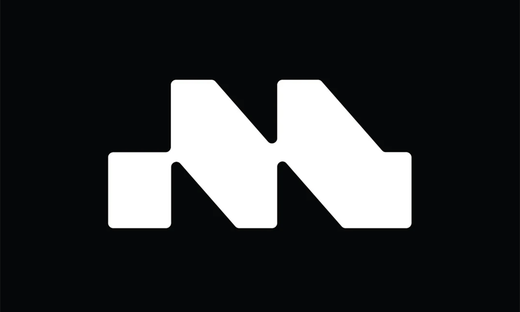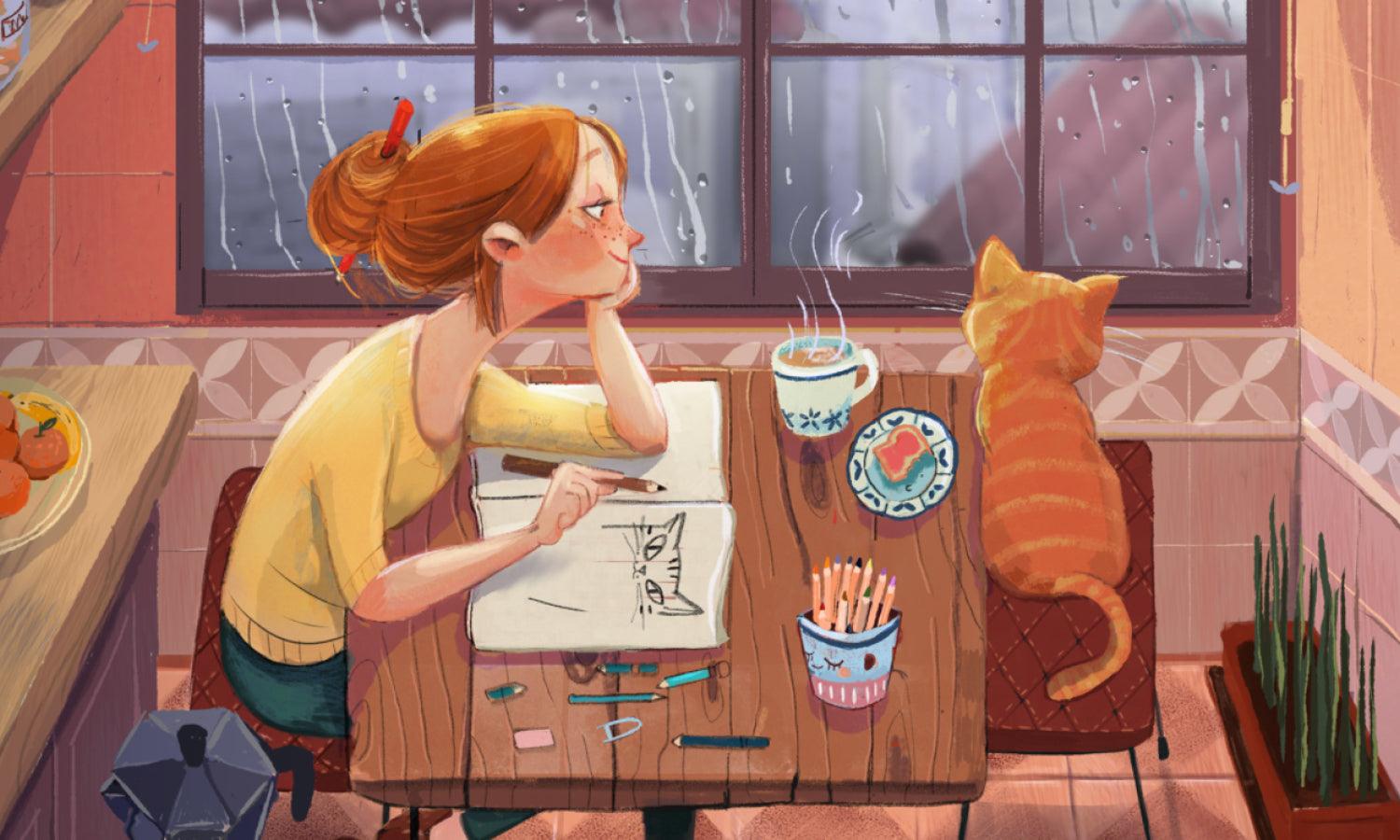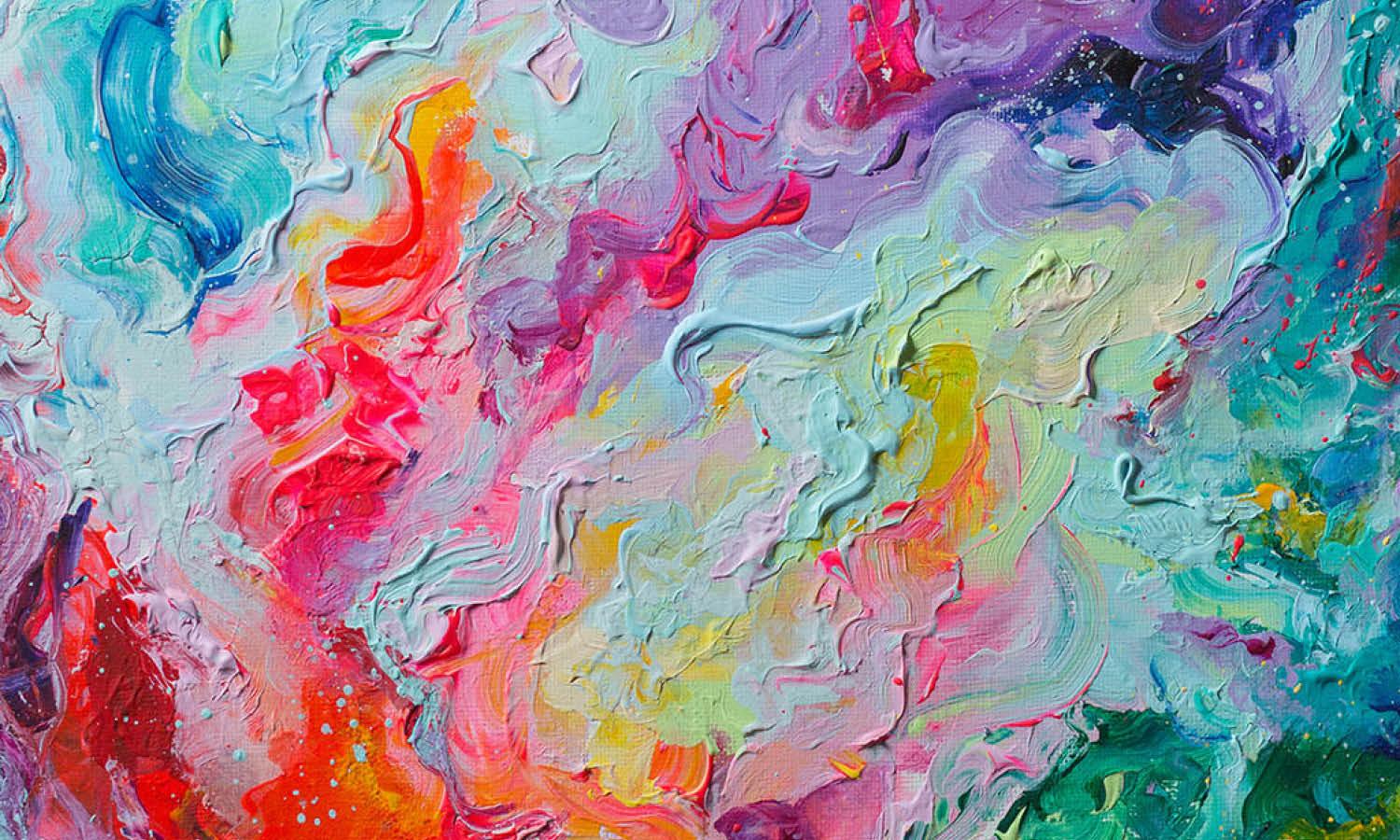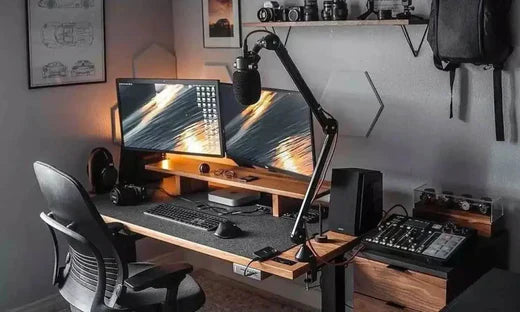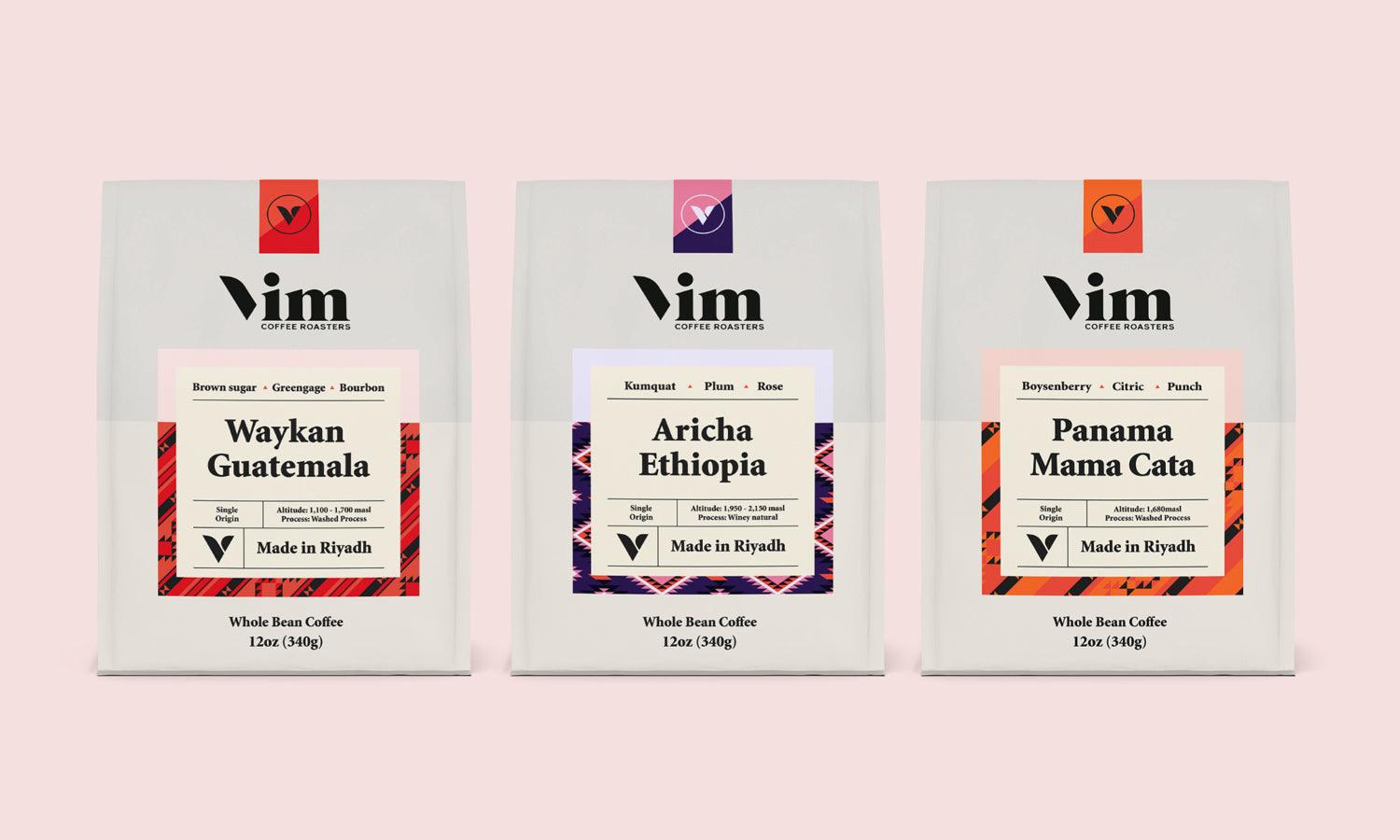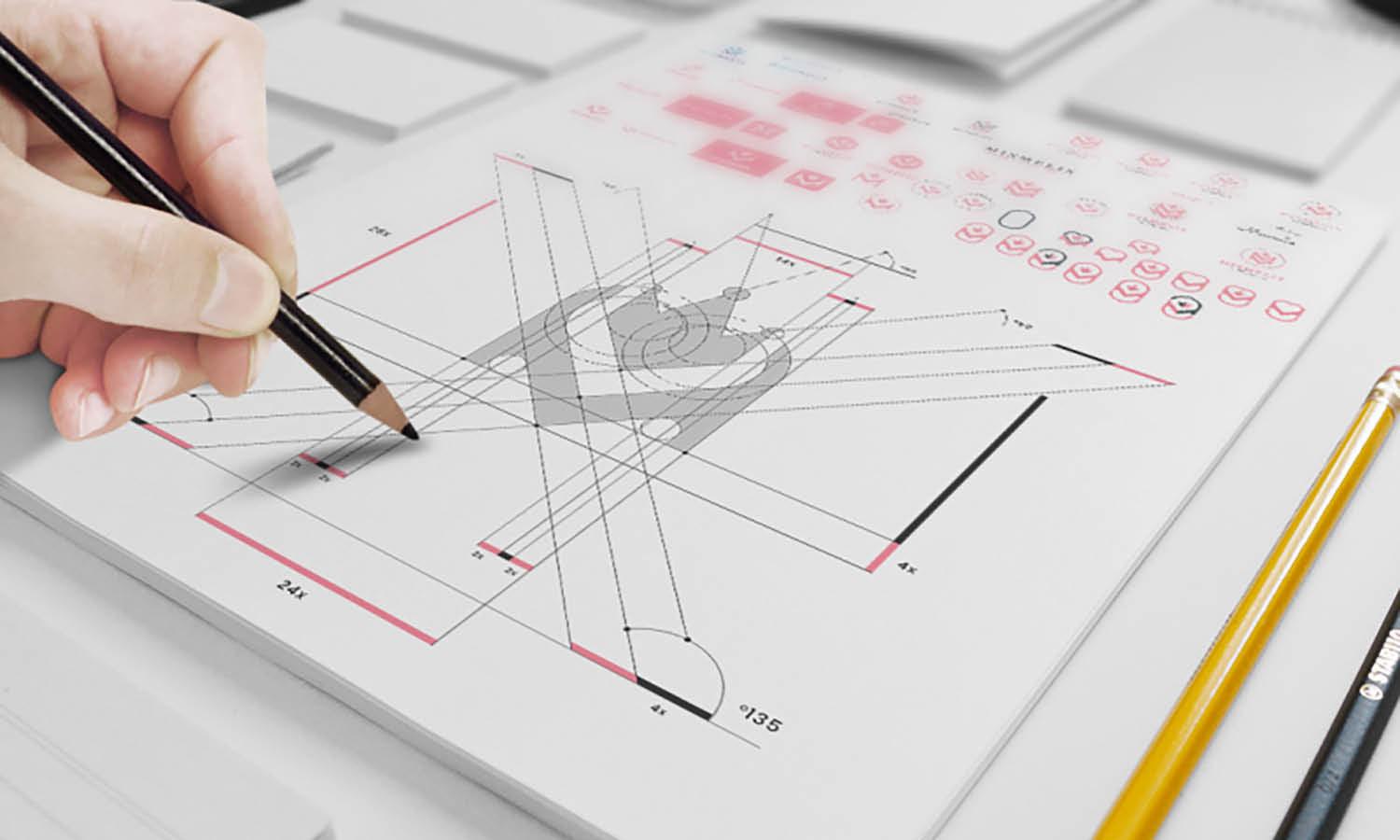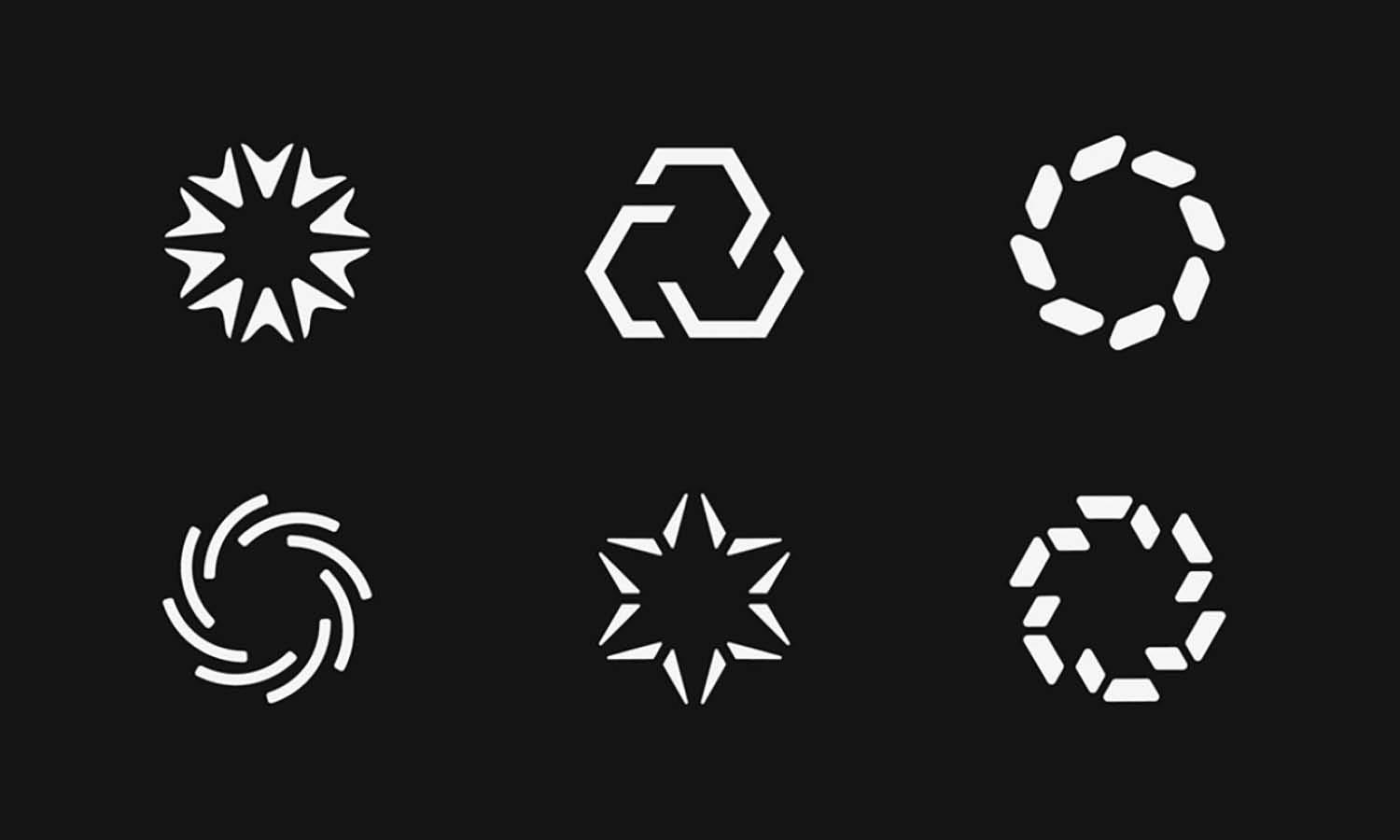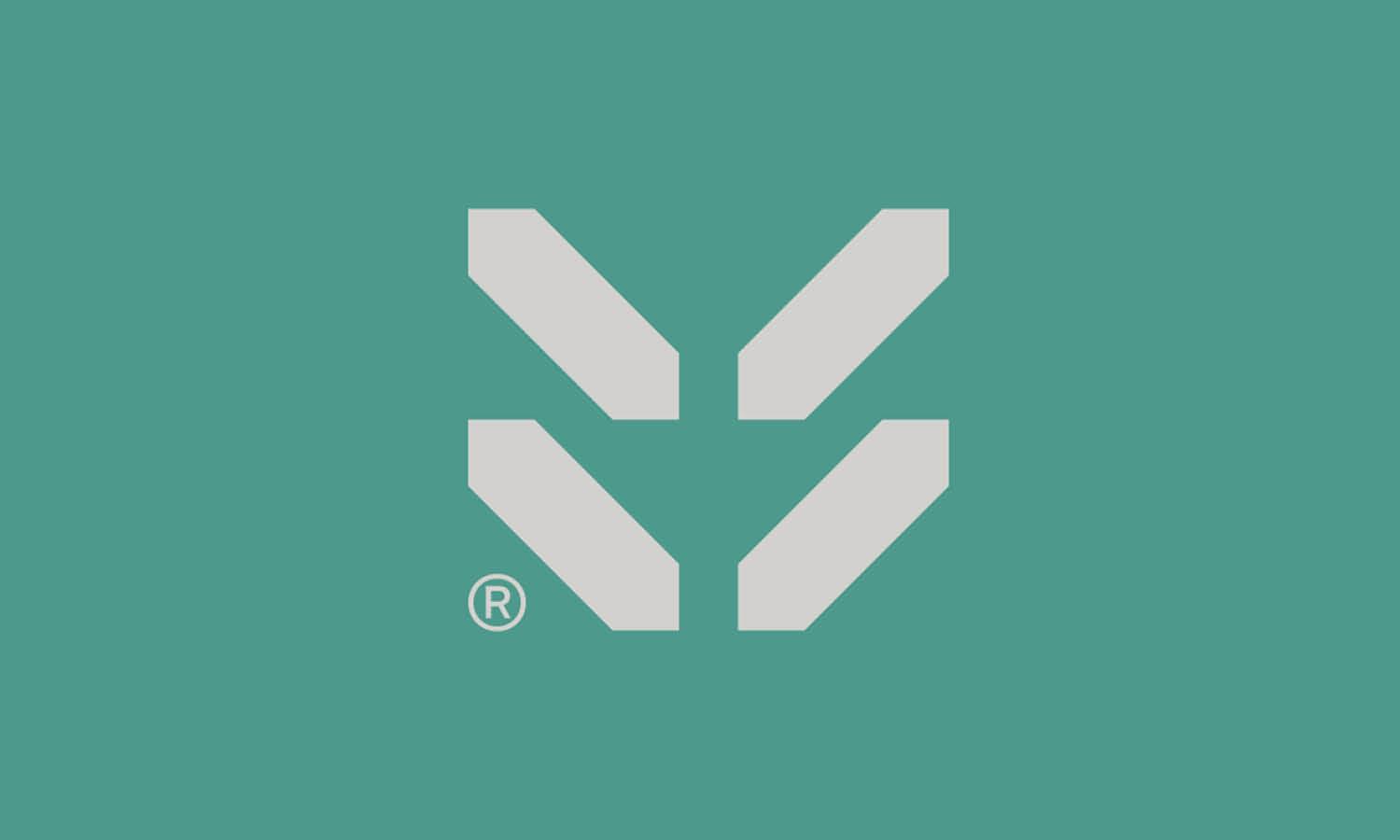The Secret to Balancing Multiple Creative Projects Without Burning Out

“With so many tasks to complete, important deadlines to meet, and personal commitments in life – how to manage creativity and stay inspired?” If you’ve ever thought the same while working on tight deadlines late at night, then you are at the right place to get the answer. You are not alone in this, nor are you failing anyway.
Whether you’re a graphic designer juggling freelance gigs, a copywriter working on three campaigns at once, a front-end developer building multiple client websites, or an artist prepping for back-to-back exhibits, managing multiple creative projects can feel like balancing on a tightrope during an earthquake.
And let’s face it: creative burnout is real!
A report published by the World Health Organization recognized burnout as a phenomenon caused by prolonged stress at the workplace. The hustle work culture in business spaces is normalized without concerning the emotional and physical limits of the workforce.
Well, the million-dollar question here is: "How do I juggle all this creative work without burning out"? Let’s go down to the basics possible.
1. Recognise That Creative Energy Isn’t Infinite
Here’s the uncomfortable truth: your brain is not a bottomless well of ideas. Creative energy needs recovery just like physical energy. Yet, most creators are guilty of pushing through fatigue, telling themselves, “Just one more sketch, one more draft, one more mock-up.”
What to do?
- Start tracking your creative energy like you’d track calories or steps.
- Note when you feel most inspired (morning, night, or post-coffee).
- Schedule your most creatively demanding tasks during those hours.
- Delegate or schedule admin tasks during your lower-energy periods.
When working on multiple brand identities, break your day into creative sprints—2 hours max—followed by 30-minute breaks for listening or walking. Crediting this structure even helps you manage multiple clients, boost focus and creativity, without feeling emotionally drained.
2. Project Prioritisation > Hustle Culture
Let’s kill the myth that being “crazy busy” is a badge of honor. If everything’s a priority, nothing is. Creative projects need different types of attention: some require deep conceptual thinking, and others demand execution and polish. Not every project should live rent-free in your brain at all times.
Use a project prioritization method (Eisenhower Matrix or the MoSCoW technique) to rank tasks by urgency and impact.
- Urgent & Important: Looming deadlines
- Not Urgent but Important: Long-term passion projects
- Urgent but Not Important: Client revisions
- Neither: Admin distractions
Note: Wrike's 2024 Impactful Work Report highlights that businesses are wasting a massive $15,138.03 per employee per year on unnecessary work, such as unproductive meetings and duplicative tasks.
3. Time Block Like Your Sanity Depends on It
Multitasking feels productive, but it’s usually the thief of progress. Studies from Stanford show that multitasking reduces productivity by up to 40%. Why? Because creative tasks demand cognitive depth. Every time you switch projects, your brain lags behind.
Time blocking works wonders for creatives. Instead of flitting between five projects in a day, divide your week into focused blocks. Use tools like Notion, Trello, or a sticky note wall to visualize your project blocks.
Below is a weekly schedule to help creative professionals like you, collaborate with many projects, covering everyday client work, side projects, administrative chores, and personal time. You can tweak this based on your specific roles:
|
Day |
AM |
PM |
|
Monday |
Moodboards for Client A |
Front-end coding updates for Client B |
|
Tuesday |
Draft email copy for Brand A |
Social content design for Brand B |
|
Wednesday |
Passion project (personal illustration series) |
Editing blog posts + portfolio update |
|
Thursday |
Client A review call + revisions |
UX tweaks for Client B's web app |
|
Friday |
Finance/admin tasks (invoicing, emails, etc) |
Strategy session for an upcoming campaign |
|
Saturday |
Passion project continuation |
Light planning for next week |
|
Sunday |
Digital detox, rest, inspiration (reading, museum, sports, gym) |
Optional creative |
4. Set Boundaries – Even with Yourself!
The “I’ll just work through the weekend” trap is a slippery slope. Setting boundaries doesn’t make you lazy; it makes you sustainable. Overcommitting may bring short-term wins but long-term burnout.
Be honest about your capacity and avoid busy work. A great way to visualize this is by using a creative bandwidth tracker: a simple table that lists your current projects, their complexity, and your emotional and mental load.
Example: Smoothstack, a company committed to sustainable talent development, promotes healthy work boundaries for tech and creative professionals alike. Their work culture focuses on performance without the pressure of toxic overwork.
5. Learn to Say “No” or “Not Now”
Not every opportunity is a golden one. If you say yes to every “quick project” or collaboration, you’re eventually saying no to your own creativity.
Use the Opportunity Filter:
- Does it align with your long-term goals and values?
- Will it expand your portfolio or skill set?
- Is the compensation or exposure worth your time?
If the answer isn’t a solid yes on at least 2 out of 3, consider passing or postponing.
Example: Patagonia is a clothing brand that did just that—they said no to profitable yet misaligned partnerships. They limited corporate sales to only organizations with a strong environmental agenda. “Saying no to the wrong opportunities can protect your brand integrity and creative direction in the long term.”
6. Creative Cross-Pollination: Your Hidden Superpower
Managing multiple projects can feel fragmented, but here’s the silver lining: each project can feed into another. That branding project might spark an idea for your personal blog, or a rejected design could be repurposed as part of a digital product.
Example: Let's say you are a Photographer, creating a “leftover shots” folder from each client shoot and planning to re-edit them for use in personal zines or digital print sales. This repurposing keeps you inspired and reduces creative waste.
Tips: Maintain an “Idea Dump” board: either digital in Miro or Figma or physical, where you store unused concepts, references, or visuals. These can become your starting point for other projects.
7. Rest is Part of the Work
Say it louder: You don’t need to earn rest. Without recovery time, your brain literally becomes less creative. According to Harvard Business Review, downtime boosts divergent thinking, the kind responsible for your most original ideas.
Schedule “creative rest” like you would in client meetings. These can include:
- A full weekend off-screen
- Visiting museums
- Reading fiction
- Mindless doodling
- Watching a documentary in a completely different niche
Note: According to Science, sleep and daydreaming are powerful boosters for idea generation. Don’t deprive yourself of them in the name of productivity.
8. Don’t Be a Lone Genius; Build a Support System
The generalized idea of solitary genius is outdated and unhelpful. Collaboration and accountability can help keep you grounded and energized.
Pixar’s Braintrust is a real-world example of avoiding the “lone genius” trap by using a small, supportive creative group (as shown above) for regular feedback and accountability. This collaborative circle keeps creators grounded, supported, and creatively energized.
You can also form a creative circle or a group of 3–5 peers who:
- Share project updates weekly
- Offer honest but constructive feedback
- Celebrate small wins together
This kind of connection combats burnout and prevents you from feeling like you’re stuck on an island. Tools like Slack, Discord, or even Instagram Close Friends can be used to build and nurture these creative pods.
9. Outsource or Automate the Draining Bits
You don’t have to do it all. Let go of the idea that only you can manage every part of every project. Routine work being automated or outsourced frees up your valuable mental space. Consider outsourcing an investment rather than an expense in your creative abilities.
How to do it?
- Hire a VA to handle emails or invoicing
- Use Canva templates for quick content creation
- Automate social media with Buffer or Later
Note: Canva provides layouts that save people's efforts and free up their time to work on high-level projects, while companies like Buffer and Hootsuite streamline social media scheduling. Try using them to simplify your daily tasks.
10. Track Progress, Not Perfection
Creative work often lacks clear endpoints. Unlike data analysis or accounting, there’s no obvious “finished” signal. That’s why it’s crucial to define success markers.
Instead of obsessing over perfection, track:
- Employee engagement
- Project milestones and performance
- Time invested vs time estimated
- Client or audience response
Tools to try:
- Airtable for project timelines
- Clockify for time tracking
- Asana for milestone progress
The Power of Saying ‘No’ Without Guilt
For creative works, saying ‘no’ is felt as a betrayal of opportunity, ambition, or being productive. But you know what? Accepting every collaboration or offer (where you have no bandwidth) can drain your energy and lessen the impact of your work. Solution? Saying “no” isn’t selfish. It’s strategic.
Boundaries help you focus on prioritizing projects that deserve the best from you. Setting boundaries is not about closing doors; it is getting into the right doors to walk through. Here is how you can do it effectively to manage your creative projects:
- Use the 3-Filter Rule: Ask yourself, Does this excite me creatively? Will it move me forward? Do I realistically have the bandwidth? If two answers are “no,” consider passing.
- Create a template response: Prepare a polite, assertive message. Something like: “Thanks so much for thinking of me! I’m currently focused on other priorities, so I’ll have to decline this time.”
- Practice saying no to small things first: Declining minor requests builds confidence for bigger ones, starting with low-stakes opportunities.
- Schedule “buffer time” into your calendar: This gives you the space to evaluate new requests calmly instead of reacting under pressure.
Professionals started realizing that learning to prioritize and decline less-important tasks mindfully has helped them sustain long-term performance without burnout. You deserve the same!
Final Thoughts: Create with Longevity in Mind
Balancing multiple creative projects doesn’t mean surviving on fumes or sacrificing joy. It’s about designing a workflow that allows sustained brilliance, not just last-minute heroics.
The secret? It’s not a secret. It’s systems, boundaries, rest, and perspective; all tailored to your creative rhythm. You’re not just a freelancer, artist, programmer, financier, or designer—you’re a human being with a finite amount of energy and infinite potential.
Balance isn’t about doing everything. It’s about doing the right things well, at the right time, with the right mindset.

